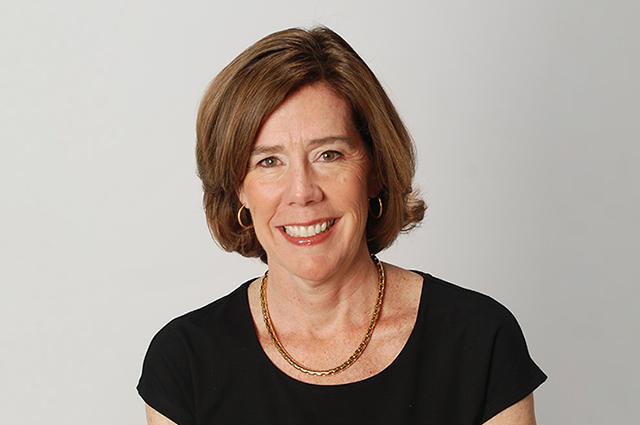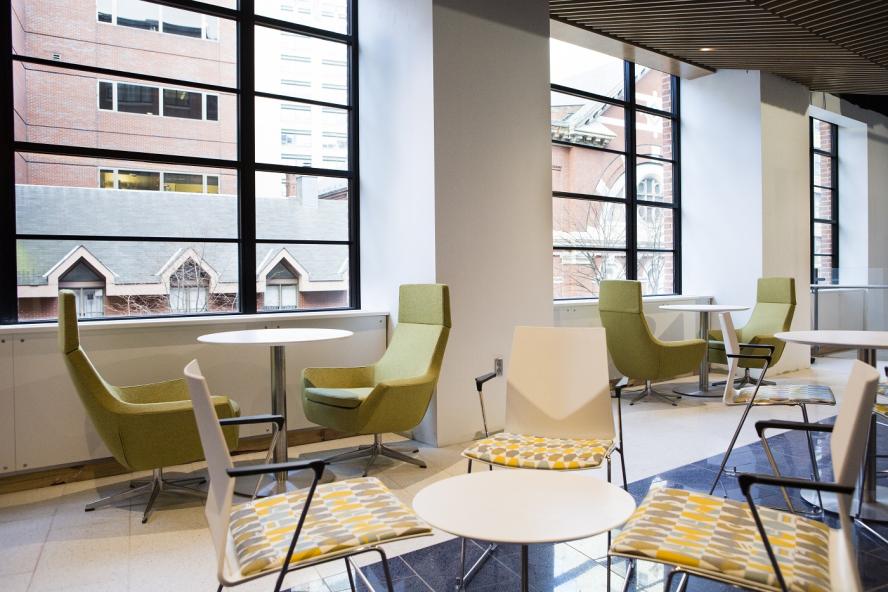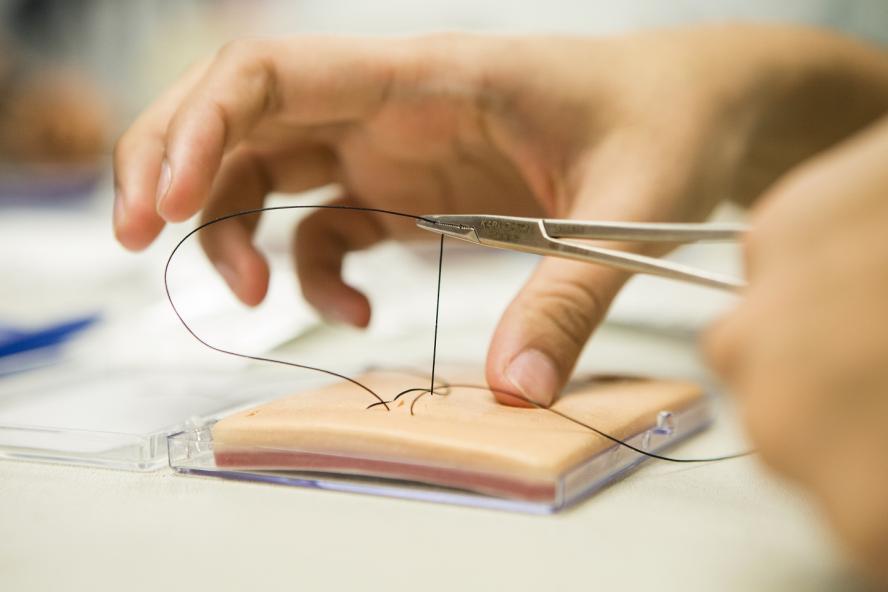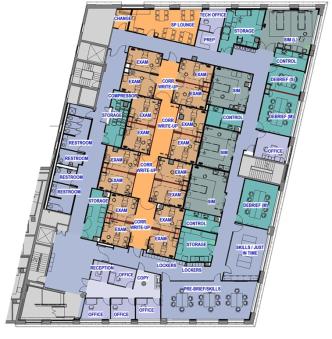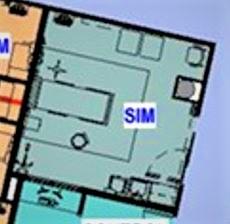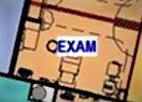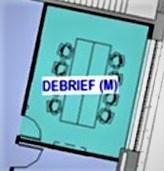Your gift to name a space will support the Clinical Skills and Medical Education Technology Fund (“the Fund”), which will fund essential equipment like:
Patient simulators
Patient simulator manikins are essential components of the simulation education taking place at the Thompson Sim Center. With adult male, adult female, and full-term newborn models available, these technologically sophisticated tools teach a wide range of skills and competencies in areas that include multiple airway, breathing, cardiac, circulation, vascular, ocular, and pharmacological features. They are completely wireless, can integrate with existing computer networks, and are able to simulate complex pathologies with unparalleled realism.
A full complement of patient simulators will enable the Thompson Sim Center to operate at full capacity by allowing groups of students to work in all of our sim rooms simultaneously, creating optimal learning outcomes day-in, day-out.
- Two adult male (SimMan 3G)
- One full-term newborn (“Torey”)
- One adult female / Childbirth simulator (“Victoria”)
Task trainers
While patient simulator manikins allow students to test their skills and knowledge in real time, task trainers are the tools that enable repetition and careful practice to perfect those skills. From intubation to placing a central line, students can sit for extended periods repeating a particular motion, process, or skill—all on their own time, without faculty supervision, so that when it comes time for their next simulation, they’re ready to go.
A full suite of task trainers would provide students with a permanent, dedicated task training space within the Thompson Sim Center where they can come and hone their skills, day or night.
Faculty and staff time
The new Thompson Sim Center brings much-needed increases in square footage, active rooms, and simulation equipment, but supporting this growth requires increased faculty oversight and mentorship. Whether you give through the Fund or endow a dedicated fund to establish a permanent faculty position at the Thompson Sim Center, gifts that are directed toward compensating additional faculty help to create the best possible learning environment for students.
A partnership of Tufts, the Jaharis Family Foundation, and you.
From the Michael J. Anatomy Lab to the Thompson Sim Center, your support of the Clinical Skills and Medical Education Technology Fund has ushered in a new chapter of possibility and excellence at Tufts University School of Medicine. Thank you.
